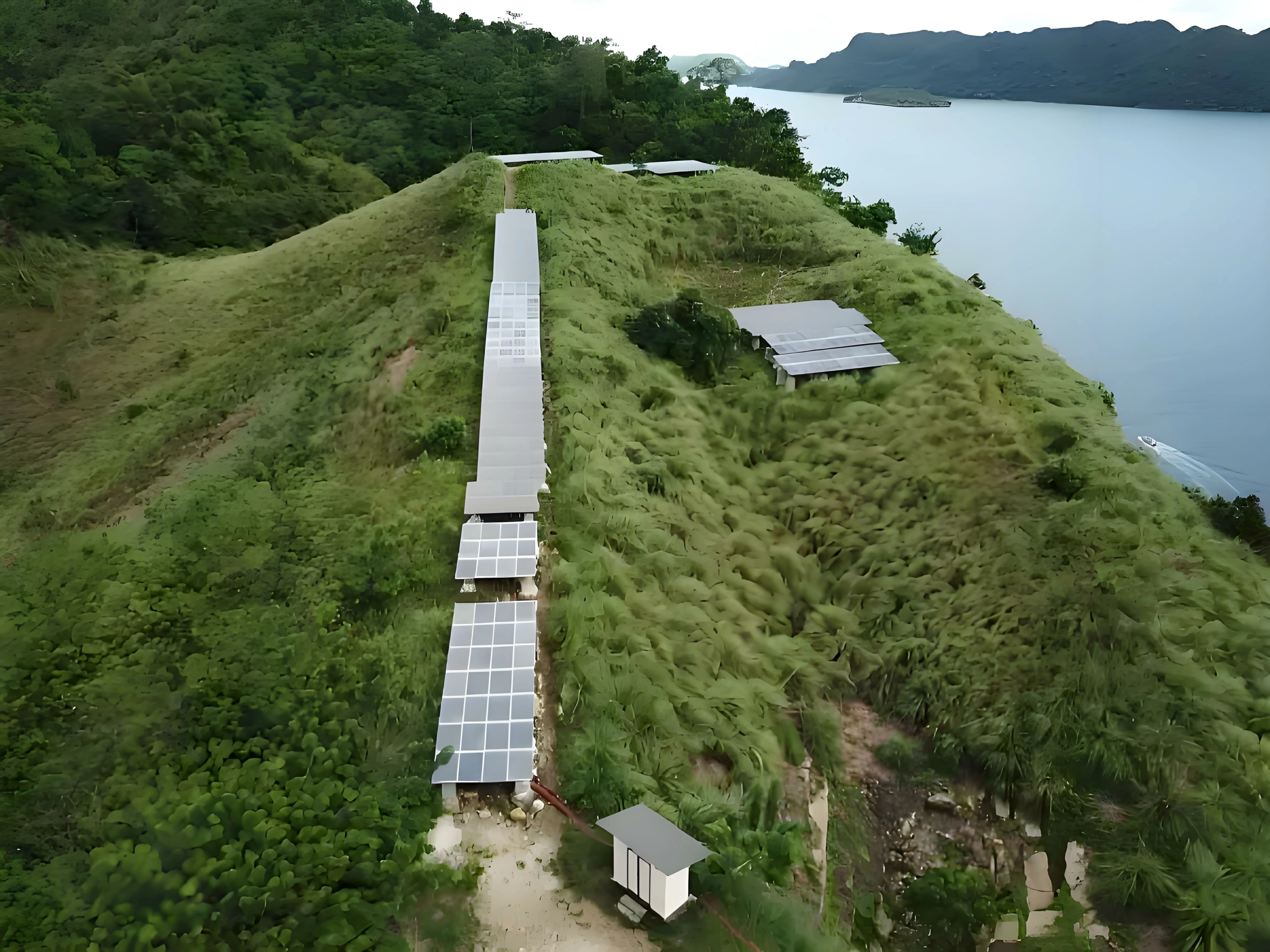In the solar energy industry, there are many terms that help better understand how to start your own solar project. Let’s explore what “PLTS” represents in solar energy.
What is PLTS?
PLTS is not an English acronym; it stands for Pembangkit Listrik Tenaga Surya in Indonesian, meaning an independent solar power generation system. Due to Indonesia’s many islands, the grid cannot cover them all. Located near the equator with abundant sunlight year-round, off-grid solar energy systems or “PLTS” are built on smaller islands to provide electricity.
What is the Purpose of PLTS?
PLTS works similarly to off-grid solar systems, providing standalone energy. It does not connect to the grid but instead relies solely on solar energy, storing power and offering a continuous supply of electricity to local residents.
How Does PLTS Work?
PLTS systems convert solar energy into electricity through solar panels, which is then stored in batteries via an inverter. During sunny days, energy is supplied directly to the load, while during cloudy weather or nighttime, the stored energy in the batteries powers the system.
What is PLTS Composed of?
PLTS (Pembangkit Listrik Tenaga Surya) is composed of several essential components:
- Solar Panels: Convert sunlight into electricity.
- Inverter: Converts the direct current (DC) generated by the solar panels into alternating current (AC) for use.
- Battery Storage: Stores the excess energy generated during the day for use during cloudy days or nighttime.
- Monitoring System: Tracks the system’s performance.
- Mounting System: Holds the solar panels in place.
These components work together to create a self-sustaining, off-grid power generation system.
How to Build a PLTS?
Since PLTS relies exclusively on solar energy, solar panels and storage batteries are crucial. Using durable and high-efficiency panels ensures maximum energy capture. Lithium iron phosphate (LiFePO4) batteries, which offer a lifespan of up to 10 years and 90% DoD, are the best choice for energy storage. While initial costs may be high, LiFePO4 Solar batteries are advantageous due to the difficulty and labor cost of PLTS installations. PKNERGY offers energy storage solutions ranging from 5kWh to 2MWh, all equipped with intelligent BMS for charge/discharge protection and a 15-year design life. Contact PKNERGY today to start your seamless PLTS journey.
How much does a 1MWH commercial solar cell cost?
The cost of a 1MWH battery depends on Battery Technology, Battery Management System (BMS), Power Converter System (PCS), Protection Systems and labor costs. Choosing an experienced partner can effectively use the budget in the most reasonable place. Contact PKNERGY now to get a win-win cooperation.
Conclusion
By understanding the difference between MW and MWh and how these units are applied in real-world scenarios, you can better grasp the design and operation of energy systems. Whether designing energy storage solutions or calculating the scale of a solar power installation, this knowledge is essential.
Save Money, Protect Environment
PKNERGY helps you reduce your energy bills for your home solar energy storage, store your solar energy for use anytime- at night or during an outage.





